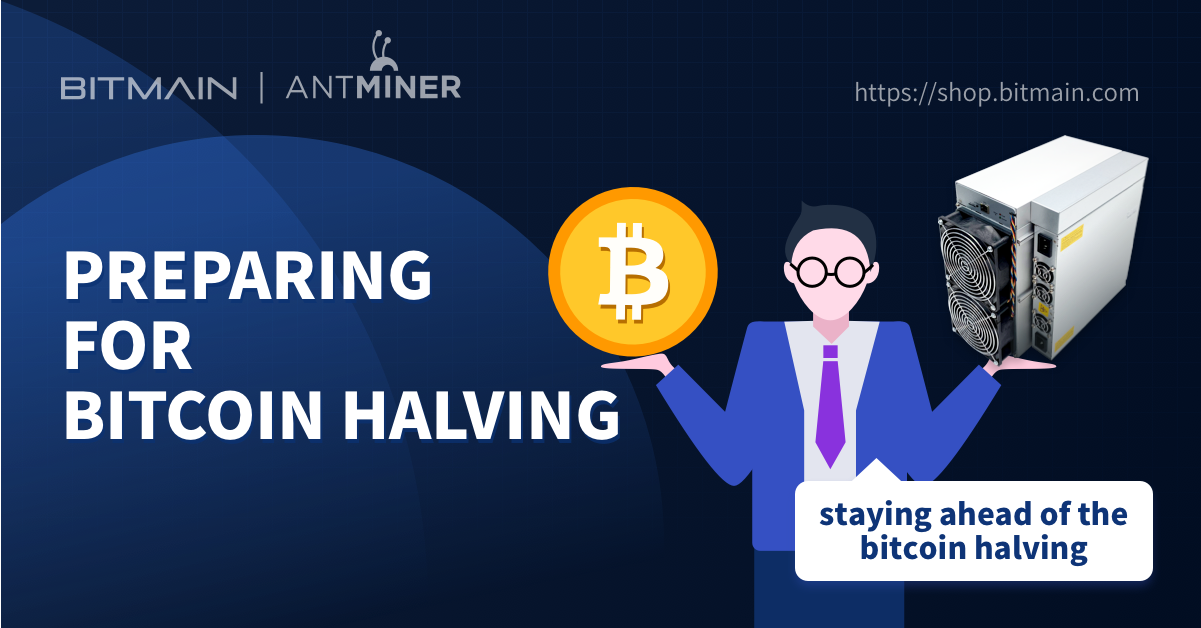
With less than 100 days to the next bitcoin halving, all eyes are on the world’s largest cryptocurrency.
For crypto enthusiasts, miners and investors, this is considered a significant milestone that will pose a number of considerations to their operations.
What is “halving” and what happens when it occurs?
The bitcoin halving or “the halving” is a deflationary mechanism that’s programmed into the Bitcoin network by the cryptocurrency’s anonymous creator, Satoshi Nakamoto, to occur every four years.
The event is a function of the bitcoin protocol and is projected to take place in May 2020, which will halve the amount of block rewards for miners from 12.5 to 6.25.
Why is this significant for miners?
Halvings are a significant part of a cryptocurrency’s economic model and what sets it apart from traditional currencies.
Regular fiat currencies are structured with an infinite supply and often managed by a centralised government body.
On the other side of that, cryptocurrencies like bitcoin are designed to be a deflationary currency, which are issued in a decentralised manner via a transparent protocol.
There are only 21 million bitcoins in circulation and less than 3 million left to issue. Because of this scarcity, mining is seen as a timely opportunity to acquire newly issued coins.
What will happen to bitcoin mining after the final halving event?
It’s important to understand what’s on the horizon for the bitcoin mining community before the halving event takes place.
The May 2020 halving event will be the third of its kind. In total, there will be 32 and after these have taken place, the supply of bitcoin will be capped. After this, transaction fees from users will be the incentive for miners to validate the blockchain.
Currently, the bitcoin network hash rate is around 120 hashes per second (EH/s). It is estimated that this could continue to increase before the halving in May.
Once the halving does occur, mining machines that have a power efficiency higher than 85 J/TH (similar to that of the Antminer S9’s models) may no longer be profitable. Read on to find out how miners can best prepare for all this.
How can miners prepare for the upcoming halving?
As the digital mining sector has matured over the years, a greater priority has been placed on understanding the life-cycle of mining hardware.
One key question many miners may be pondering is: What if the bitcoin price doesn’t change once the halving occurs?
Currently, most (55 percent) of bitcoin mining is run by older mining models that are less efficient. If the bitcoin price doesn’t change, the majority of the market may struggle to make a profit in mining.
Miners that have invested in hardware with all this in mind will fare well in the season ahead, while for inefficient miners, remaining in operation may not make economic sense anymore. To stay ahead of the curve, the most up-to-date miners can give operators a strong competitive advantage.
Bitmain is working hard to ensure their machines are built for a “post-halving” world. For example, Bitmain’s AntBox can cut construction costs and deployment times by 50 percent, while also accommodating 180 17 Series miners. Bitmain has also recently just announced the new-generation Antminer S19 series.
Overall, this is a good time for miners to re-evaluate their current farms and setups. Is your mining farm designed for optimal efficiency? Are your staff trained on the best practices to maintain hardware? Responding to these prompts will help to better prepare miners for operations in the long-term.
---------------------Liked this article? Share it with others:
Follow Us for Latest News & Articles: